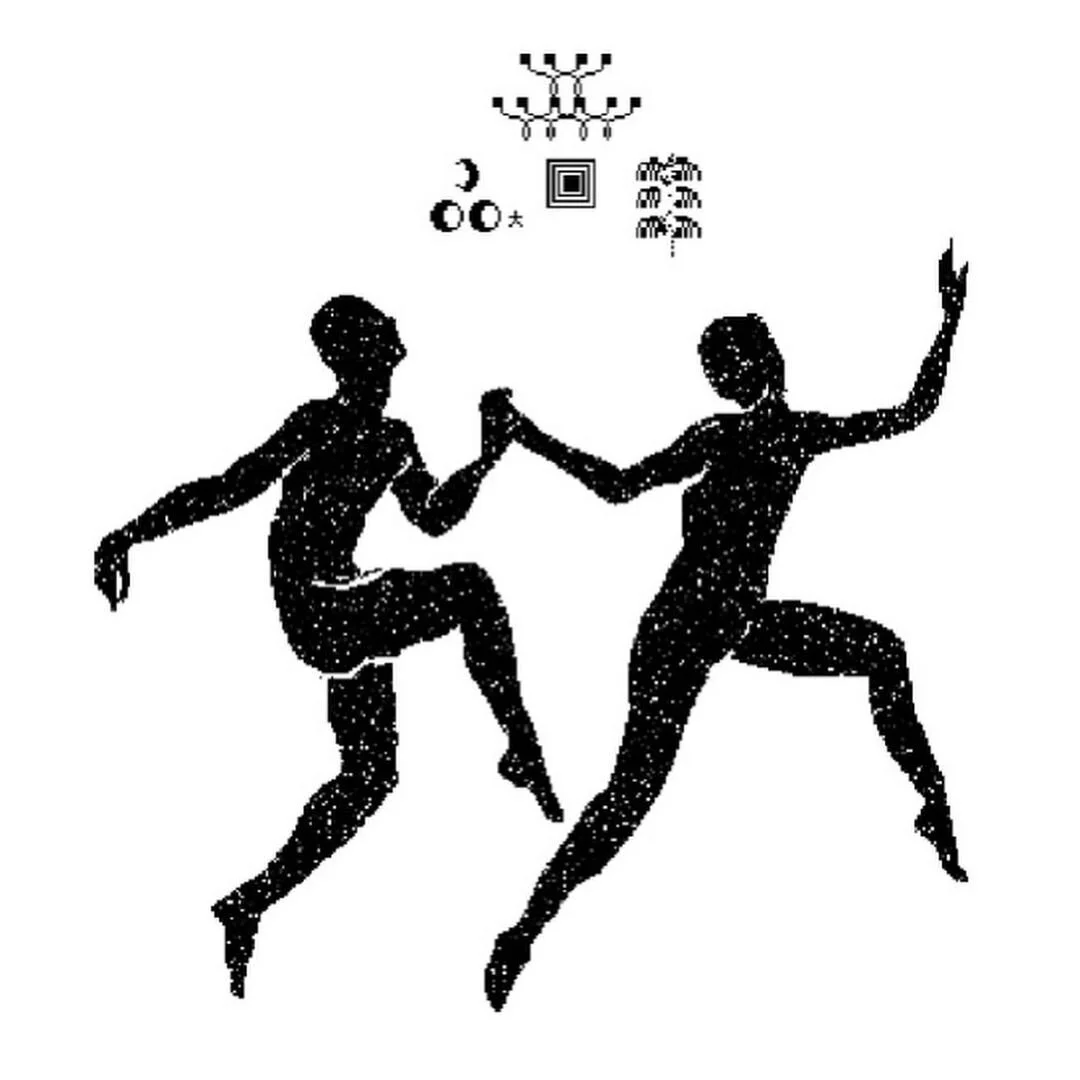Nasreen Mohamedi
Heralded as a forefront to Modernism, South Asian artist Nahreen Mohamedi is most prominent for her line-based drawings. Mohamedi’s work encompasses photography, painting, and drawing. While most of her artistic contemporaries in India created representational works, Mohamedi stood out both with her status as a muslim woman artist and her revolutionary abstract, minimalistic work—paving the way for South Asian Modernism.
Mohamedi was born in 1937 in Karachi, India and studied at St. Martin’s School of the Arts in London and Bhulabhai Institute for the Arts in Mumbai. Her work has been exhibited at the Museum of Modern Art in New York, Kiran Nadar Museum of Art in New Delhi, the Tate Liverpool in England, and several other prominent institutions. The South Asian abstract artist taught fine arts at Majaraja Sayajirao University. Later in her life, Mohamedi was deeply affected by Huntington’s disease, a neurological disorder where her motor functions slowly waned. Despite this, she continued to make art and her now heightened awareness to body movement and mobility was conveyed in her work.
Nahreen Mohamedi’s work involved highly structured grids and lines with an sharp dedication to form. Her precise and highly disciplined work, however, was not austere and instead transcended into something more spiritual and visual poetry-like. Her travels, documented by her photography, inspired her through her influences by Islamic architecture, Zen aesthetics, and deserts. This combined with her interest in the geometrics of Constructivism and Suprematism translated into her self-claimed “maximum of the minimum”. Mohamedi, through her meticulous work with ink and paper, brought a transcendental and fresh voice to abstraction and minimalism.
Images courtesy of the Artist
Nasreen Mohamedi
What to read next







